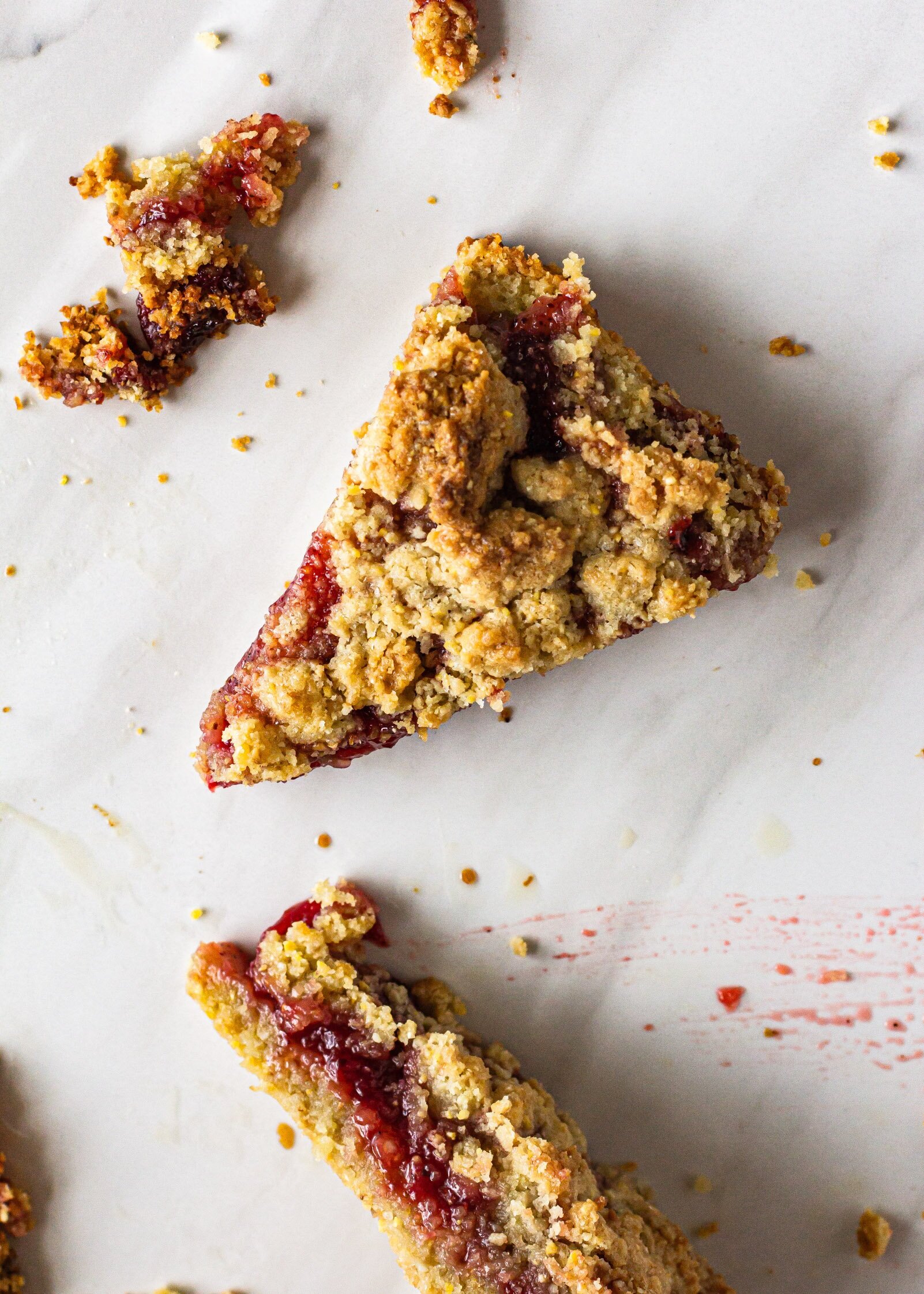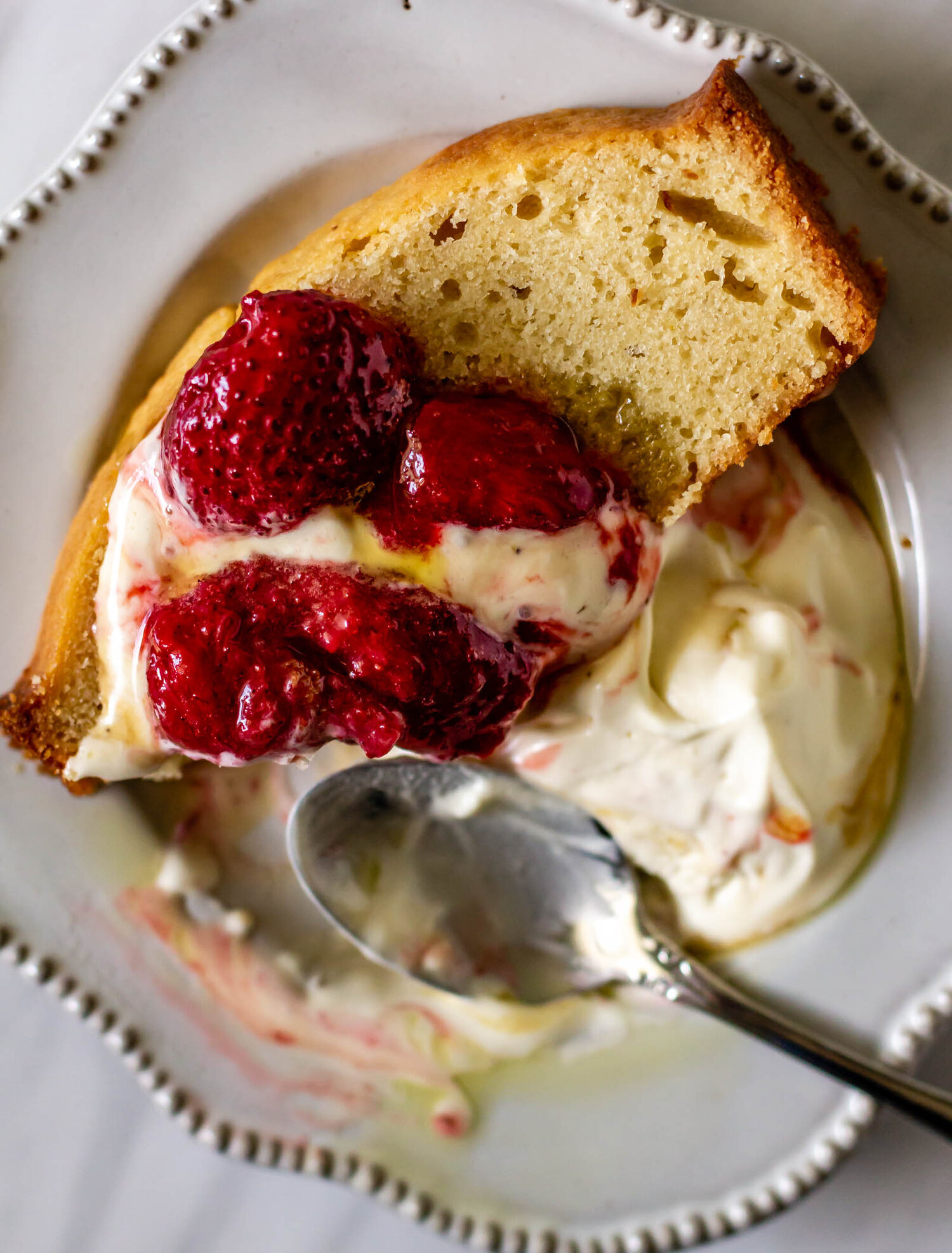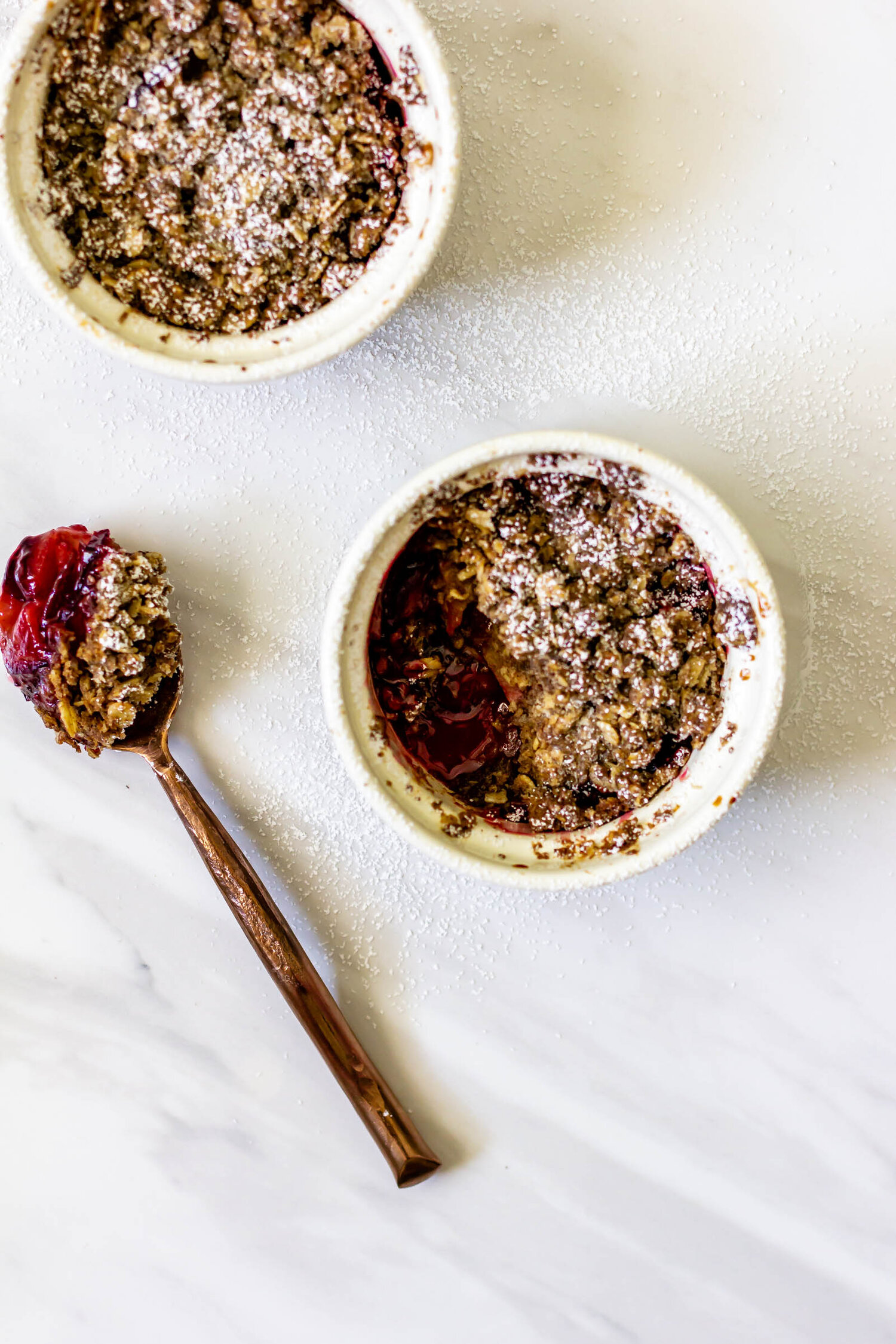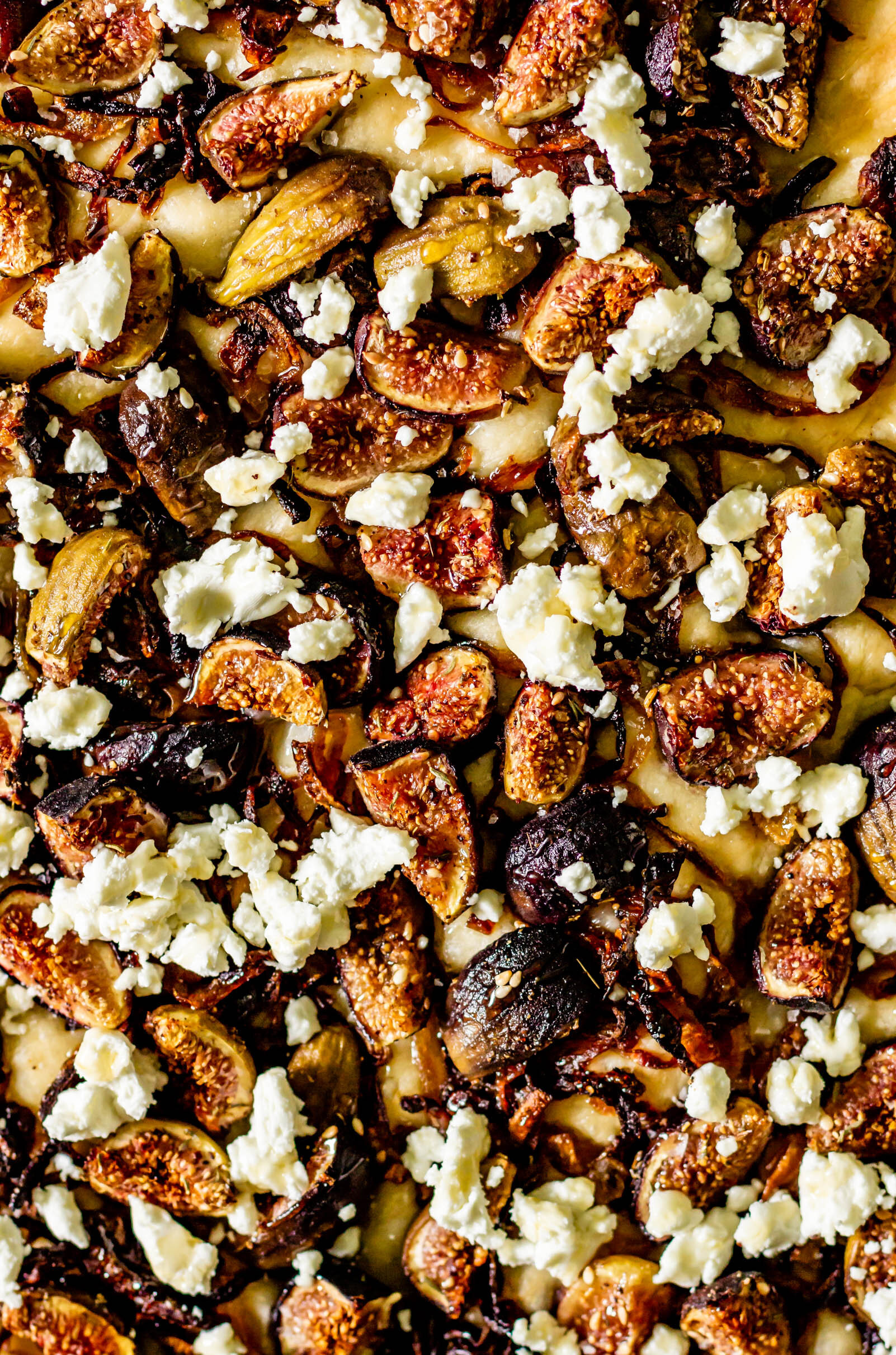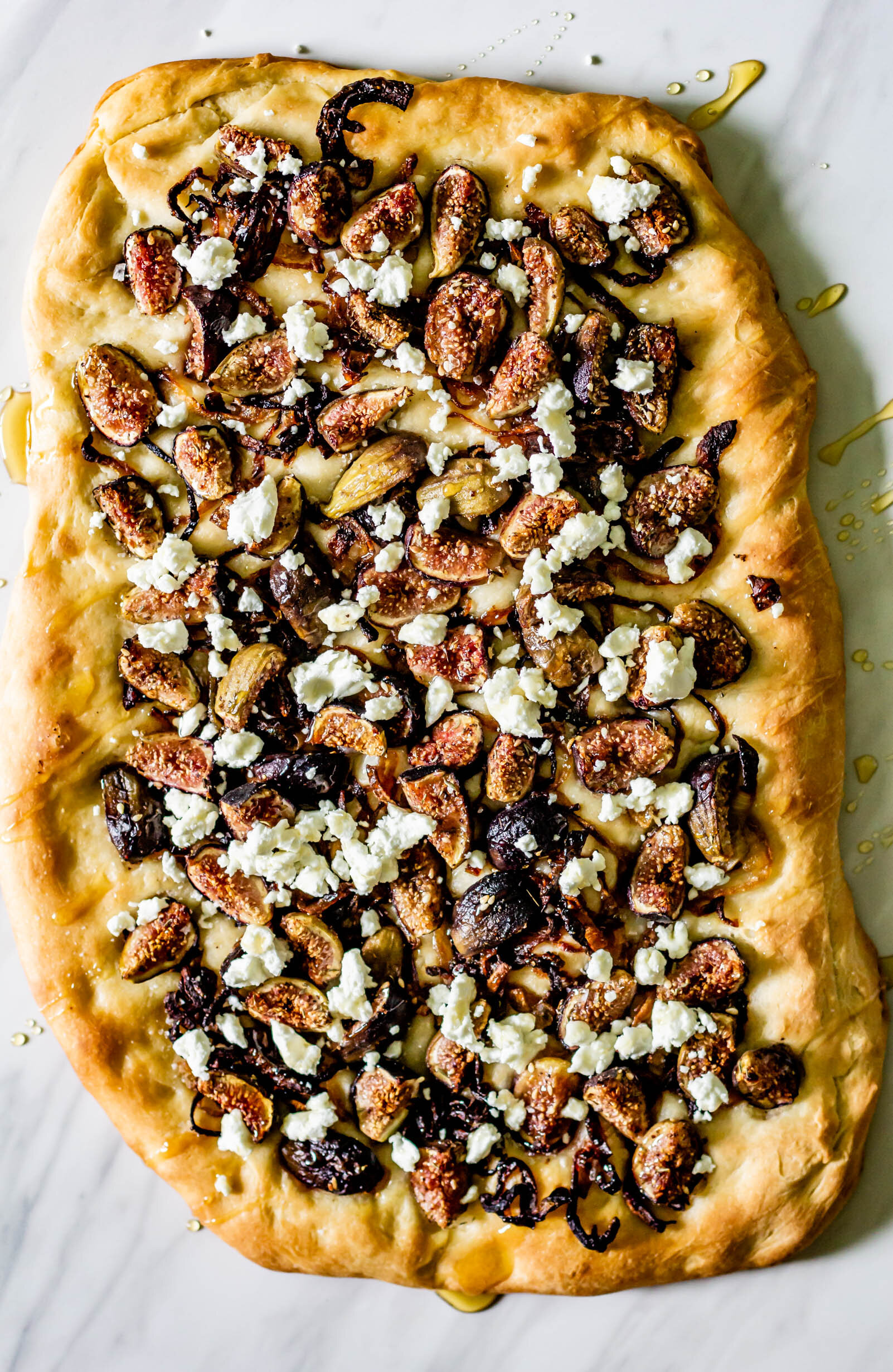Strawberry Sumac Fregolotta
/This simple and summery strawberry sumac fregolotta is an easy Italian shortbread tart, filled with sticky, homemade strawberry jam.
I’ve been taking the last few days off of Instagram and it has been luxurious. It took me a while to realize, but I’ve been stuck in a creative rut. The realities of the pandemic have finally reached my kitchen. A lot of the inspiration that I draw from food friends and restaurants has run out and I’ve been feeling like I’m grasping for recipe ideas from nowhere. On top of that, spending hours a day on Instagram with a screen that constantly refreshes new recipes and photos wasn't helping. My brain felt like it was both too loud and too quiet at the same time. The last few days have been peaceful. I’ve been working on some backend blog stuff, trying out spontaneous recipes, and playing with my camera so that I’m prepared to get you all sorts of new recipes this summer.
One of the places that where I’ve found inspiration during this restaurant-less spell has been my cookbook shelf. I’ve been going back to old favorites, like my used, beat-up copy of Chez Panisse Desserts, published in 1985. There are no pictures, only pencil illustrations of fruit, and it’s a treasure trove of produce-inspired pastries. (It’s also apparently selling for $240 on Amazon so I will be taking my copy to the grave with me.) The other book I’ve been enjoying lately is Thalia Ho’s Wild Sweetness. I’ve been baking my way through it’s pages over the last month or so and it’s where the inspiration for this tart came from.
What is a fregolotta?
A fregolotta is an Italian tart, made from a coarse, shortbread-like crust. The name comes from “fregole”, the Venetian word for crumbs and the same shortbread dough that gets pressed into the bottom of the pan, also gets scattered across the top haphazardly. Often, the crust incorporates some sort of nut or grain, like semolina or polenta or almonds. In this rendition, the crust is made from ground sunflower seeds, cornmeal, flour, sugar, egg yolks, and butter. This Italian jam tart can be filled with any jam you like, but since we are smack in the middle of strawberry season (and they are my very favorite fruit), I couldn’t resist cooking fresh strawberries down with a little sugar and bright, tart sumac to create a sticky, sweet jam filling. In practical notes, if your jam seems a little too liquid-y, just scoop out the berries and reserve some of the strawberry sauce for drizzling on ice cream later.

Strawberry Sumac Fregolotta
Ingredients
- 1 lb strawberries, trimmed and quartered
- 1/2 lb granulated sugar
- Juice of 1/2 of a large lemon
- 1 tbsp ground sumac
- 1 1/4 cup + 1 tsp (160 g) all purpose flour
- 120 g ground sunflower seeds
- 1/4 cup (40 g) cornmeal
- 1/2 cup + 1 tbsp (115 g) granulated sugar
- Pinch of salt
- 2 egg yolks
- 3/4 cup + 2 tbsp (200 g) unsalted butter, cold and cubed
Instructions
- Stir together all filling ingredients in a medium pot and bring to a boil over medium heat. Simmer for 15-20 minutes, until strawberries have broken down and the mixture has thickened. Transfer to a bowl and chill until room temperature.
- While the filling is cooling, place sunflower seeds in the bowl of a food processor and pulse until finely ground. Add the flour, cornmeal, sugar, and salt and pulse once or twice just to combine.
- Add the butter to the food processor and pulse until butter has broken up and is pea-sized. Add the yolks and pulse until mixed in and dough just begins to come together.
- Press 2/3 of the dough in an even layer on the bottom and up the sides of a tart pan. Spoon the strawberry filling* (see notes) into the tart pan and crumble the remaining 1/3 of the dough over the top of the tart.
- Place the tart pan on a parchment-lined baking sheet at bake at 350° for 35-40 minutes, until filling is bubbly and crust is golden brown. Let cool completely before slicing.
Notes:
If the strawberry filling seems like it has a lot of liquid, fish the strawberry pieces out of the jam and don’t add all of the leftover juice to the fregolotta. Keep the juice for topping on ice cream!



